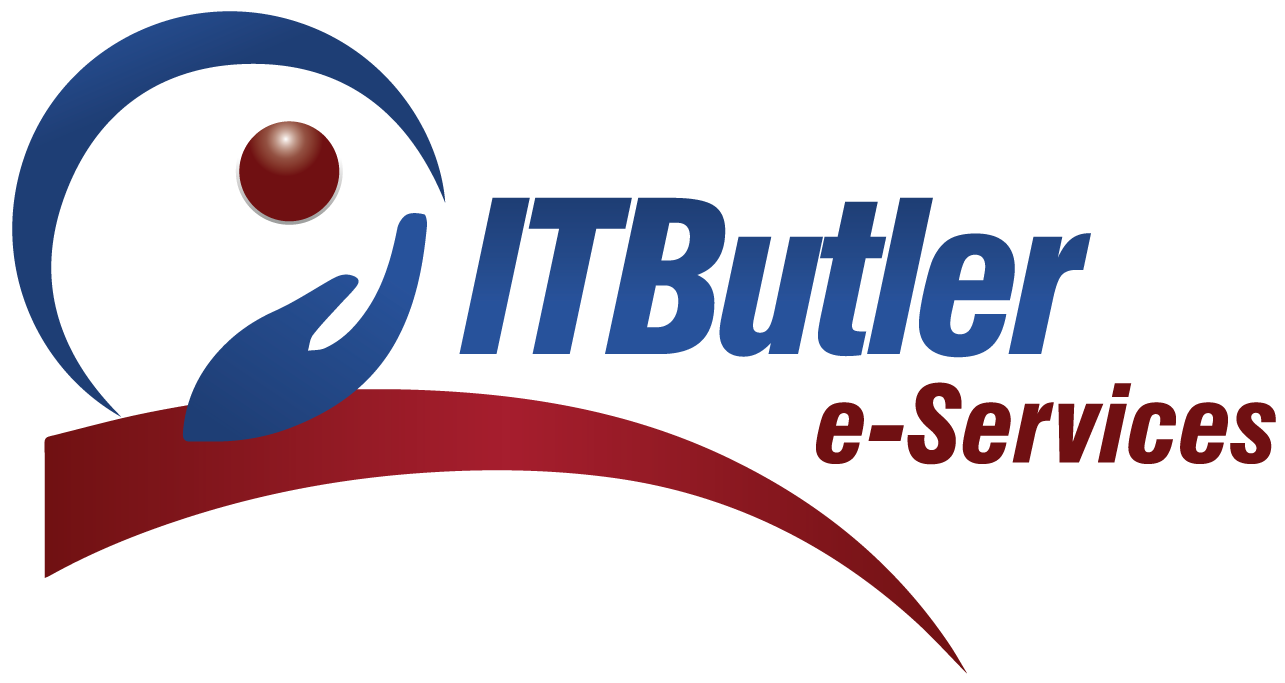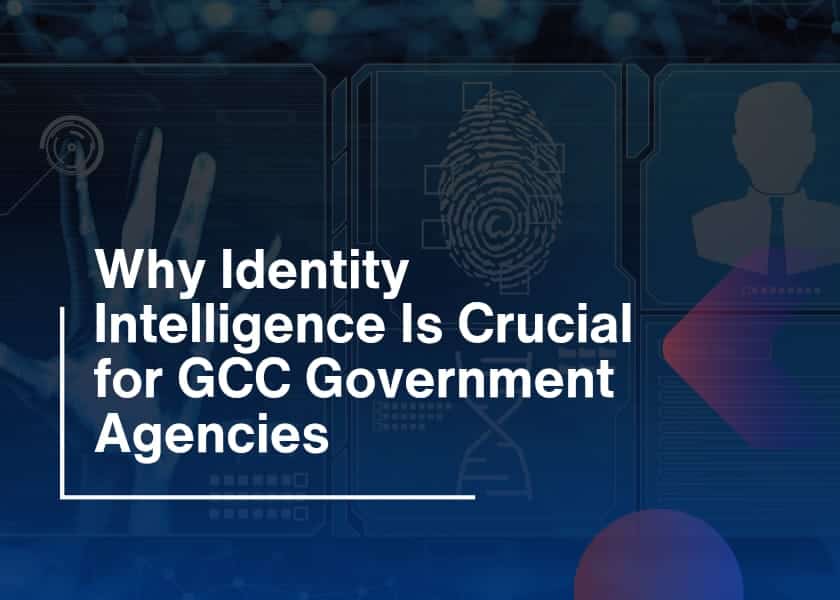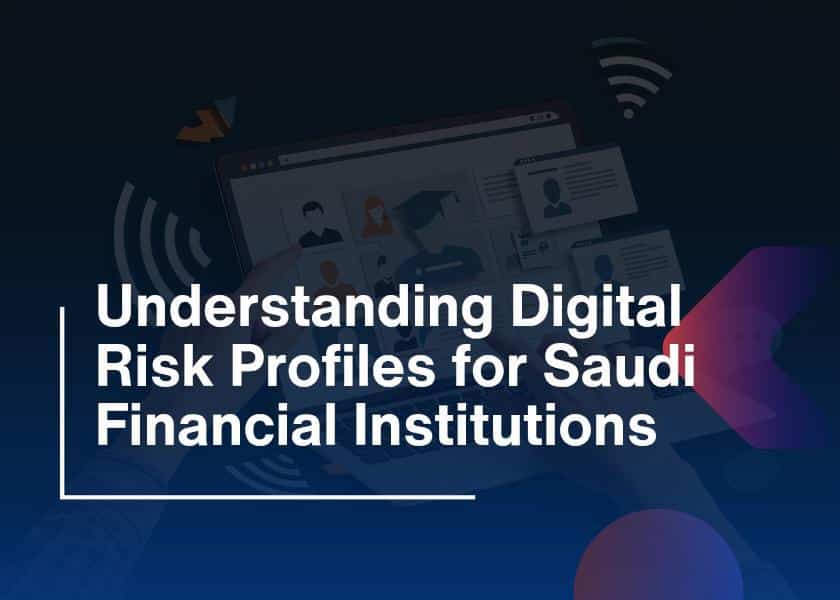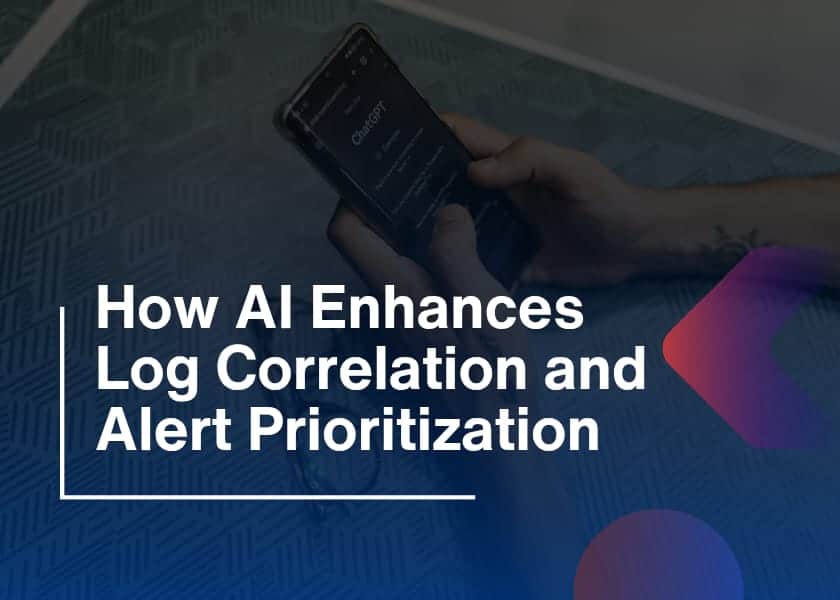Are You Struggling to Manage Regulatory Risk in Saudi Arabia? If you’re a business owner or compliance officer in Saudi Arabia, you’ve likely faced the stress of juggling different regulations, from financial governance to cybersecurity policies. Because the Saudi regulatory environment is evolving fast, managing these moving parts without a unified approach can feel like walking on a tightrope. That’s where integrated GRC comes in. It’s not just a useless word, it’s your strategic advantage. Therefore, when done right, it simplifies your processes. In addition, it reduces your regulatory risk and helps your organization stay compliant with the Saudi compliance framework.
In this blog, we’ll walk you through the benefits of GRC integration for regulatory compliance in KSA, step by step, with real-world context and practical insights.
What is Integrated GRC?
GRC is an acronym for Governance, Risk Management, and Compliance. So, if each branch operates independently, information and processes are fragmented into various departments. Therefore, bringing all three areas together in a unified fashion makes it much easier to monitor and respond to policies, risks, and compliance requirements.
In simple terms, it means combining all three aspects of GRC under a single umbrella. Additionally, it describes a method that combines approaches for governance risks and compliance functions into a single infrastructure. Furthermore, it links the separate compliance activities by using a single, shared structure.
Integrated GRC is crucial for organizations in Saudi Arabia
Strict new regulations have been put in place to improve Saudi Arabia’s digital and financial systems. Therefore, a couple of important organizations are spearheading this transformation. The central bank sets requirements for both cybersecurity and good corporate governance in the financial sector. At the same time, the National Cybersecurity Authority (NCA) implements and oversees cybersecurity standards that apply to public and private organizations.
In addition, businesses risk significant penalties, limitations, or harm to their reputation if they fail to meet the regulations set by these authorities. Without using a GRC integration approach, teams struggle to collaborate efficiently, exposing the organization to avoidable risks and making it difficult to prevent problems before they occur. So, by implementing an integrated approach to GRC, organizations receive up-to-date insights into all their operations. Furthermore, lower compliance risks and approach compliance as a consistent and valued part of their overall growth efforts.
Top 10 Benefits of GRC Integration in Saudi Arabia
Let’s break down how GRC integration helps businesses operating under the Saudi compliance framework.
1. End-to-End Regulatory Visibility
GRC integration gives you a single view of all your compliance requirements, risks, and controls across all departments. Therefore, you don’t need to rely on spreadsheets or isolated audits. Instead, your risk and compliance teams work with the same updated data. Furthermore, one of its benefits is that you stay updated with SAMA, NCA, and Vision 2030 regulations without manual tracking.
2. Real-Time Risk Detection and Management
With GRC integration systems, risk alerts are triggered instantly based on set thresholds. For example, if a vendor fails to meet NCA’s cybersecurity standards, the GRC platform can alert your risk manager in real-time. Furthermore, it proactively manages regulatory risk and responds quickly to issues.
3. Efficient Audit and Reporting
Regulators in Saudi Arabia often request detailed compliance documentation. Therefore, GRC integration makes it easier to:
- Generate automated audit reports
- Track historical risk events
- Show evidence of policy enforcement
So, always be ready for internal or external audits from SAMA or NCA.
4. Reduced Operational Costs
Managing compliance manually across departments is time-consuming and expensive. Therefore, GRC integration tools automate repetitive tasks like:
- Risk assessments
- Policy updates
- Audit logs
Consequently, save time, reduce staffing costs, and free up resources for strategic tasks.
5. Improved Collaboration Across Departments
GRC integration eliminates silos between departments. Everyone from IT to HR to Legal can access and update the same system. Furthermore, it ensures company-wide alignment with the Saudi compliance framework.
6. Enhanced Cybersecurity Posture
Integrated GRC helps organizations align better with NCA GRC policies, especially the Essential Cybersecurity Controls (ECC). It provides:
- Risk scoring for IT assets
- Visibility into third-party cyber risks
- Central tracking of incident responses
Moreover, it reduces cyber threats and complies with Saudi cybersecurity requirements.

7. Faster Decision Making
When all risk and compliance data are in one place, leaders make faster and more informed decisions. For example, before launching a new financial product, your compliance team can instantly check if it aligns with SAMA guidelines. So, it helps to make strategic decisions backed by real-time GRC insights.
8. Customizable to Local and International Standards
Saudi businesses must comply with both local and global frameworks, such as:
- ISO 27001 (Information Security)
- SAMA Cybersecurity Framework
- NCA Cloud Cybersecurity Controls (CCC)
GRC integration solutions are flexible enough to meet these multi-layered requirements. Moreover, it manages both local regulations and global standards with one unified solution.
9. Centralized Policy Management
With GRC integration, policy updates and training can be managed centrally. You can:
- Push out the new NCA guidelines to all departments
- Track who has acknowledged or completed policy training
In addition, ensure all employees are aligned with the latest Saudi regulatory expectations.
10. Better Business Continuity and Crisis Readiness
With centralized incident tracking and response planning, GRC integration helps you recover faster from unexpected events like cyberattacks or data breaches. So, it helps to build long-term resilience into your operations while staying compliant.
Tools and Technologies Supporting GRC Integration in KSA
Many organizations in Saudi Arabia are adopting GRC platforms to automate and centralize their operations. Some top choices include:
- RSA Archer – Used for risk management and regulatory compliance
- MetricStream – Scalable and ideal for large enterprises
- LogicManager – Known for its flexibility and user-friendly design
- SAP GRC – Strong choice for enterprises already using SAP ERP systems
These platforms often come pre-configured to support SAMA and NCA requirements.
Risks of Not Using Integrated GRC in KSA
Let’s be honest. Not adopting a GRC integration approach puts your business at significant risk. Here’s what can happen,
- Missing deadlines for regulatory reporting
- Increased chances of financial penalties
- Higher exposure to data breaches and cyberattacks
- Poor reputation among investors and regulators
With Saudi Arabia’s move toward digitalization under Vision 2030, regulators are tightening oversight. Moreover, the businesses that don’t evolve risk falling behind.
Steps to Implement the GRC System in Saudi Arabia
- Assess Your Current GRC Landscape: Firstly, identify what’s being managed separately and where overlaps exist.
- Select the Right Technology Platform: Then, choose a GRC tool that supports the SAMA and NCA frameworks.
- Align Departments and Processes: Involve stakeholders from risk, IT, legal, HR, and compliance.
- Customize Based on Saudi Regulations: Set up the system to align with Saudi-specific policies and reporting timelines.
- Train Your Employees: GRC integration is only successful if your teams know how to use it.
- Monitor and Optimize: Review metrics regularly and refine your strategy as regulations change.
Conclusion:
Managing compliance in Saudi Arabia is no longer optional. With growing regulatory scrutiny from SAMA, NCA, and other government bodies, your business needs to stay agile and prepared. Therefore, integrated GRC isn’t just about software, it’s about building a culture of accountability, transparency, and resilience. So, if you’re serious about reducing regulatory risk and excelling within the Saudi compliance framework, it’s time to think integrated.





